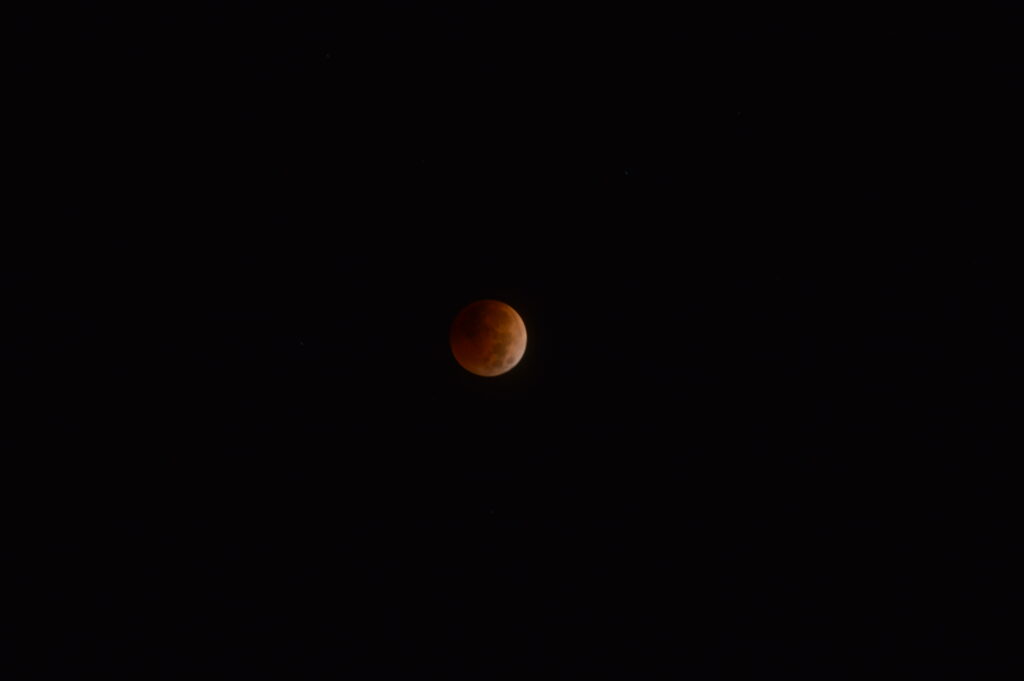Snow Tree Shadows

Literally, skiing is a sensuous sport.
The shadows cast by snow storm coated trees contrasted against an impossibly blue sky is visually interesting, and to some very pleasing.
One could argue that tastes and scents are not nearly so obvious as pleasing views of scenery and weather. Another may counter that discerning such senses takes time and dedication.
It may take decades of winters letting snowflakes land on your tongue before you can tell the difference between the taste of a somewhat raw December snowflake and a fully ripened February snowflake.
A bitter cold dawn smells much more clear than one that rises above freezing, damp, soupy, thick with moisture.
On the first chairlift ride, faint smell of diesel fuel intrudes, then evaporates as snow cats, having groomed all night, head back to the barn, rendering slopes to the days first guests.
Continuing through corridors of pines, soft wind pulls through trees, seasons air with scent of turpentine.
Above, crows caw to each other completing their morning congress. Below, squirrels chirp and chatter scurrying this way and that, hunting for and finding breakfast in places that looked like good spots to hide nuts last Autumn.
Skiing in a storm that has already delivered several inches of snow, contracts the world.
A down hood bundled under a helmet eliminates distant noises, making the world much smaller.
Falling snow obscures everything but ski tips rhythmically thrusting out of surface snow, disappearing back in, again and again, as snow clouds explode against boots, knees and thighs.
Core instinctively poses and flexes, at once sensing and balancing speed, snow depth and body posture, keeping feet swinging back and forth, moving above the ground, below the air.
Ears hear only heartbeat and breath.
Thought stops.
So freed from earth, subject neither to ground or sky, dwelling in between, turn by turn, precious moment by precious moment,



❄️❄️